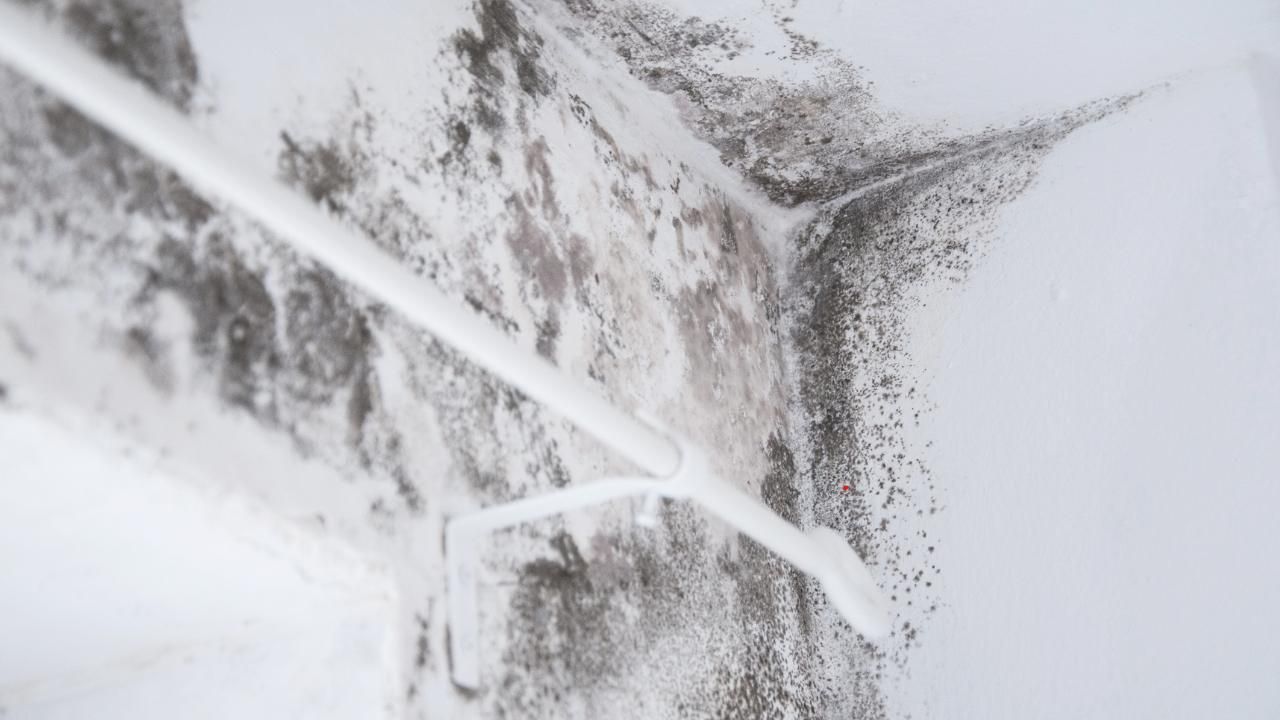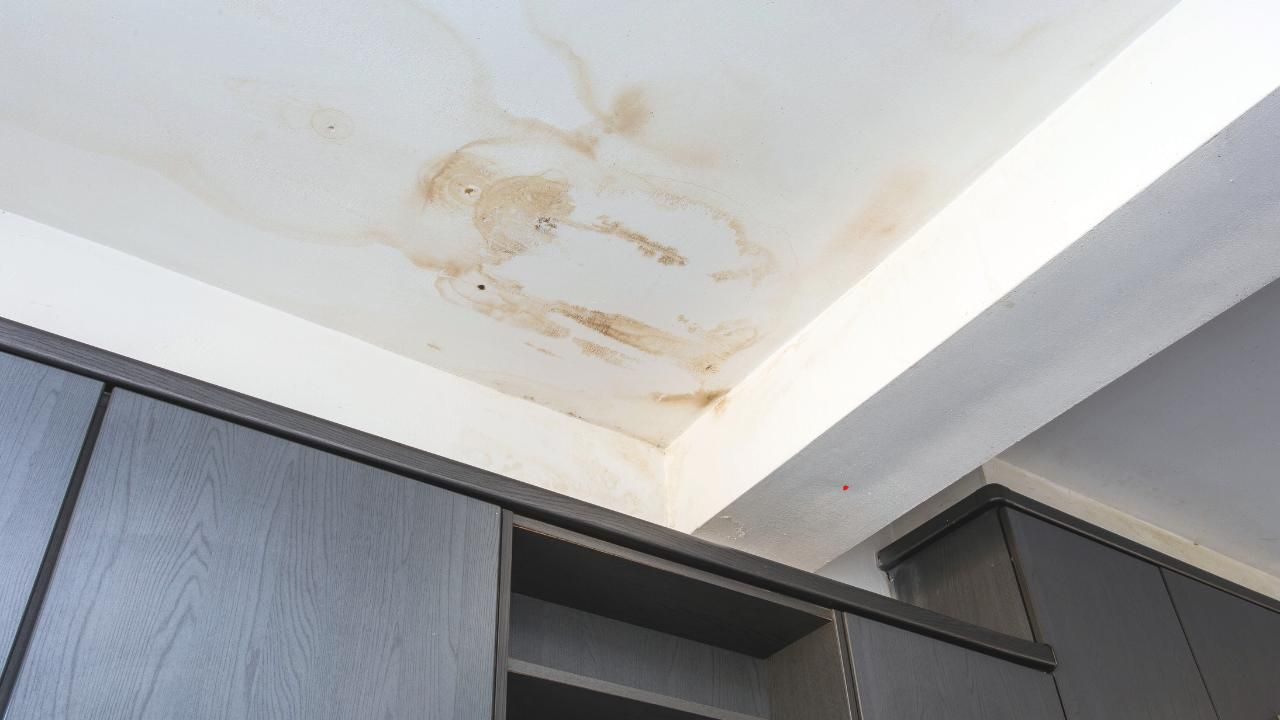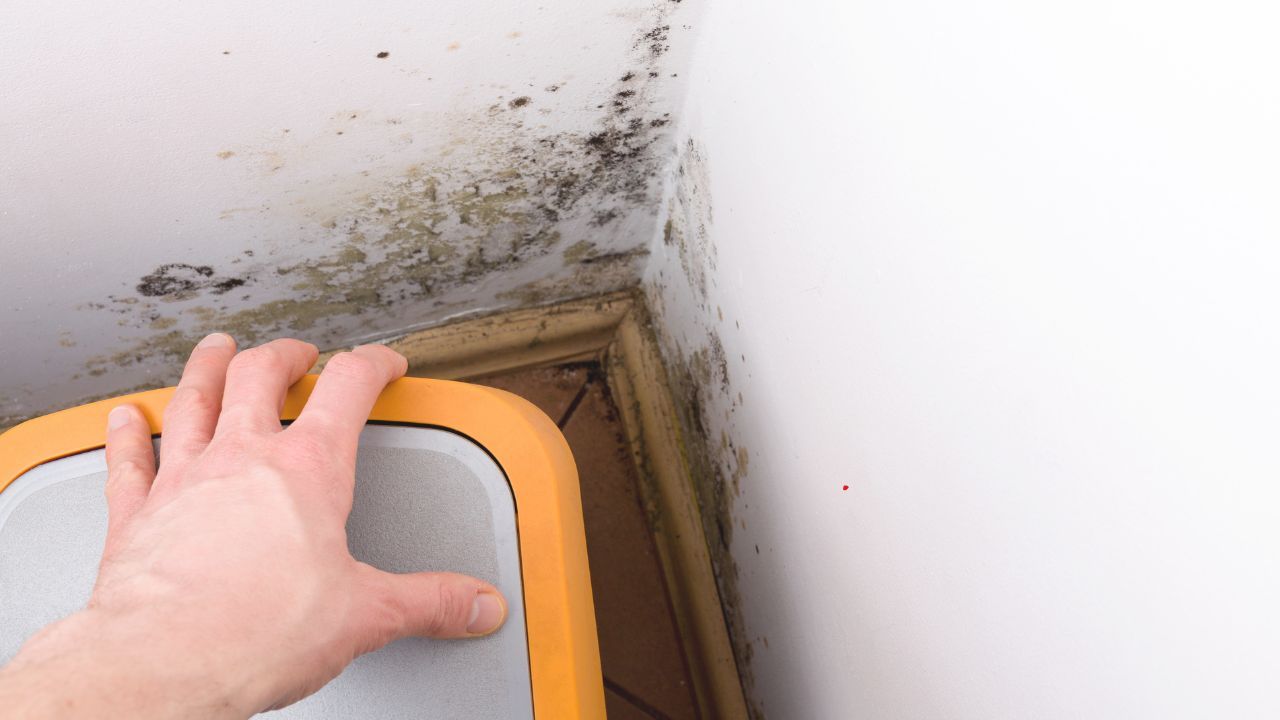What Causes Mold Growth Indoors (And How to Stop It)

Mold isn’t just unsightly—it can be a serious problem for your home and your health. One day your walls or ceilings look fine, and the next you’re staring at fuzzy black or green spots creeping across the surface. So what causes mold to suddenly appear indoors, and more importantly, how can you stop it before it spreads?
In this article, we’ll break down the common causes of indoor mold, how to recognize early warning signs, and simple steps you can take to prevent it from taking hold in your home.
What Causes Mold Growth Indoors?
Mold is a type of fungus that thrives in warm, damp, and humid conditions. It reproduces by releasing tiny spores into the air, which settle and grow when they find the right environment. Here are the top culprits that cause mold growth inside homes:
1. Excess Moisture and Humidity
The number one cause of indoor mold is moisture. Whether it’s a slow plumbing leak, poor ventilation, or high indoor humidity (over 60%), any damp environment becomes a breeding ground for mold. This is especially common in bathrooms, basements, kitchens, and laundry areas.
2. Water Leaks
Leaky pipes, roofs, windows, or appliances can introduce constant moisture into walls, ceilings, and floors. Often, mold will begin to grow behind drywall or under flooring before it becomes visible.
3. Poor Ventilation
Rooms without adequate airflow—especially bathrooms and kitchens—can trap moisture in the air, which settles on surfaces and allows mold to grow. This is particularly common in homes without proper exhaust fans or air circulation.
4. Flood Damage
Homes that have experienced flooding are at high risk for mold growth, especially if water wasn't removed and the structure wasn't properly dried within 24 to 48 hours.
How to Prevent Mold Growth in Your Home
Prevention starts with controlling the environment. Mold can’t thrive without moisture, so taking proactive steps can keep it from growing in the first place.
1. Control Indoor Humidity
Use a dehumidifier to keep indoor humidity levels below 50%. In high-humidity climates like Hawaii, a dehumidifier is almost a must-have.
2. Fix Leaks Immediately
Inspect your home regularly for leaks—under sinks, around windows, in the attic, or near appliances. Even minor drips can lead to major mold problems over time.
3. Ventilate Damp Areas
Install exhaust fans in bathrooms, kitchens, and laundry rooms. If that’s not possible, open windows regularly or use portable fans to help circulate air.
4. Use Mold-Resistant Products
If you’re renovating or building, consider mold-resistant drywall or paints in high-moisture areas.
5. Clean and Dry Wet Areas Quickly
Never leave wet towels, damp rugs, or soaked cardboard sitting around. Clean spills immediately and dry the area thoroughly.
When to Call in the Pros
Sometimes, despite your best efforts, mold can spread too far for DIY fixes. If you see large patches of mold, smell a persistent musty odor, or suspect hidden growth behind walls or under flooring, it’s time to call in mold remediation professionals.
For expert mold removal in Kaua’i, Hi, Eco Kauai Services is a trusted name in the field. They specialize in comprehensive mold remediation services, tackling not just surface-level mold but identifying and fixing the root cause to prevent future outbreaks.
Case Study: A Mold-Free Turnaround in Kapa’a
A homeowner in Kapa’a noticed a musty smell in their bedroom and occasional allergy symptoms that wouldn’t go away. A quick inspection revealed mold behind the headboard caused by a leaking window frame. Eco Kauai Services assessed the damage, removed the affected drywall, repaired the leak, and treated the area with eco-friendly solutions. Within days, the room was dry, mold-free, and safe again—proving just how effective professional remediation can be when mold strikes.
Protect your home before mold becomes a bigger problem. If you’re dealing with excess moisture or recurring mold, take action today. Don’t wait until the damage is too far gone. Contact Eco Kauai Services for expert assistance.




